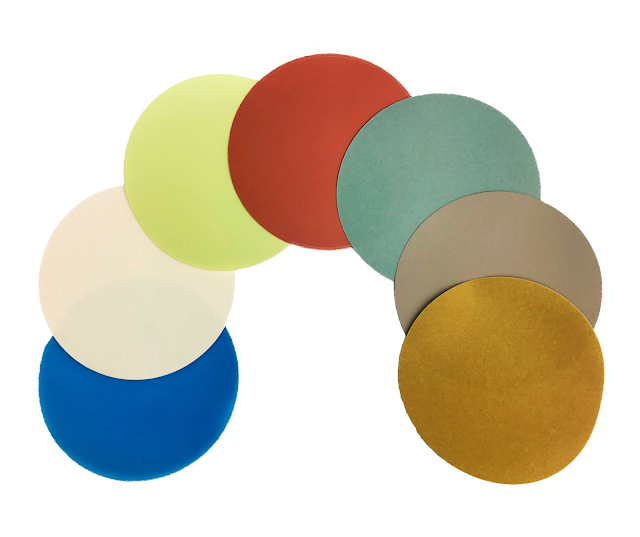Preparing optical fiber ends to achieve good mechanical
and optical quality is frequently important in fiber optics. For instance, it's
required when fibers need to be spliced together or fitted with fiber
connectors.
When Is Polishing of Fiber with Fiber Polishing Liquid
Necessary?
In many real-world situations, cleaving offers
sufficient high quality and is quick and simple to use. However, there are
times when cleaving is inappropriate. A few instances include:
Getting a fiber surface that is perfectly perpendicular
to the fiber axis may be crucial. Results of fiber cleaving can occasionally be
insufficiently dependable in this regard.
The preparation of a fiber surface so that the normal
direction accurately forms a certain angle with the fiber axis is much more
challenging. Although there are methods for cleaving angles, they often show a
significant range in the cleave angle.
While cleaving often generates a decent surface flatness
within a fiber core region of constrained size, it frequently results in
significant uneven structures towards the outside border, which can
occasionally be upsetting. In a mechanical splice, for fusion splicing, or in a
fiber connector, in particular, there may be protrusions that prevent good
contact between fibers. You can use fiber polishing pad.
For fibers with relatively high cladding diameters and
for some non-standard fiber glasses, which might be particularly brittle,
cleaving typically does not perform well.
In this regard, polishing techniques used on fiber ends
may yield superior outcomes. In situations with unique needs, such as when
constructing a fiber bundle such that all fiber ends very precisely fit a
certain plane, polishing may also be necessary.
Unfortunately, polishing typically takes longer than just cleaving. However, taking the effort to carefully polish and review the findings may be time well spent and prevent later on considerably more time-consuming defect hunts. For instance, it is important to reduce the possibility that some of the fiber connections display too high insertion loss or too low return loss if the performance of an optical fiber communications system depends on many different components. The same holds for intricate fiber laser or amplifier configurations. The fiber polishing pad is in demand.

